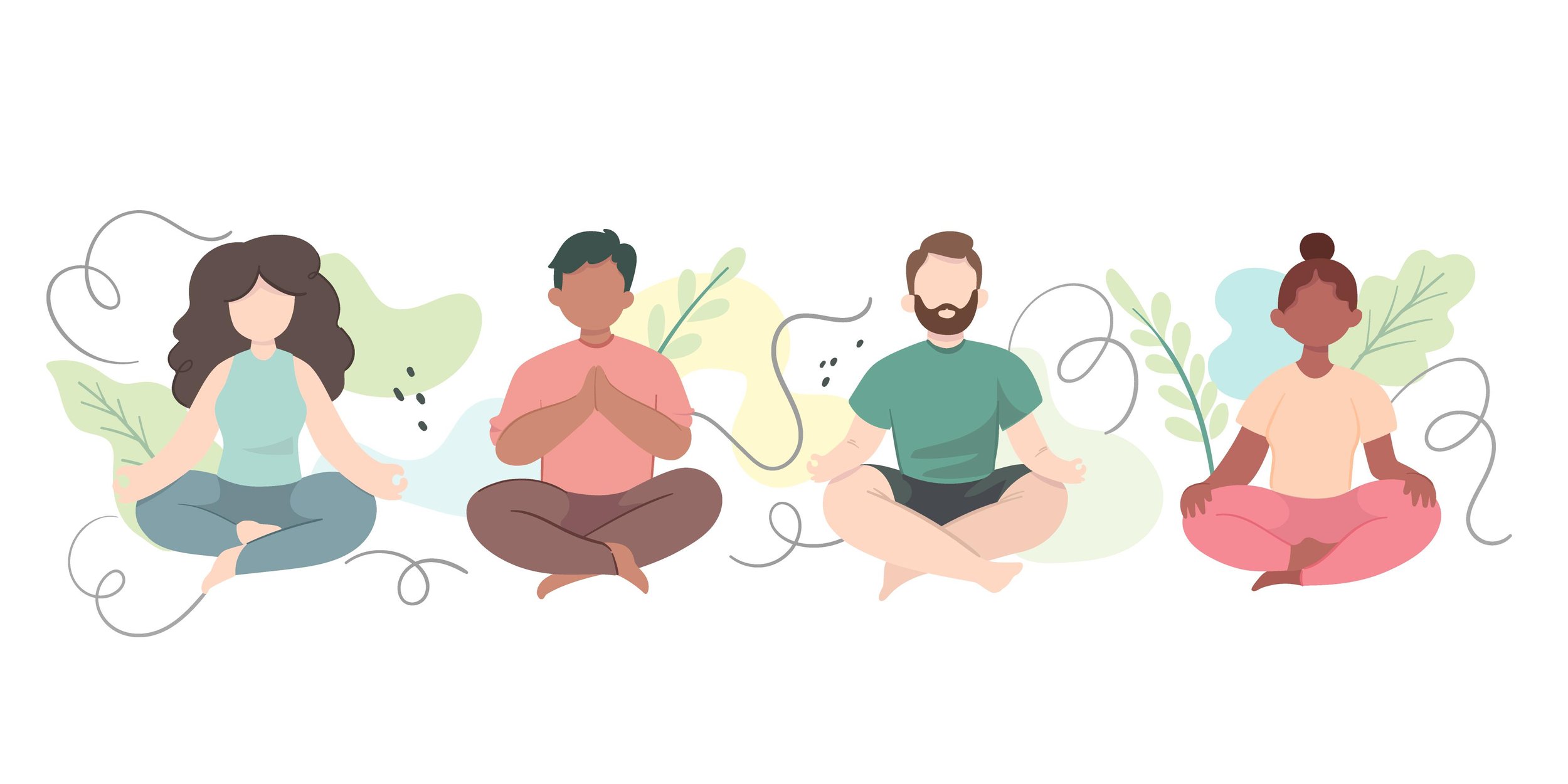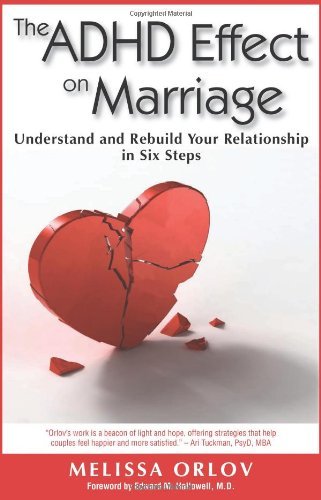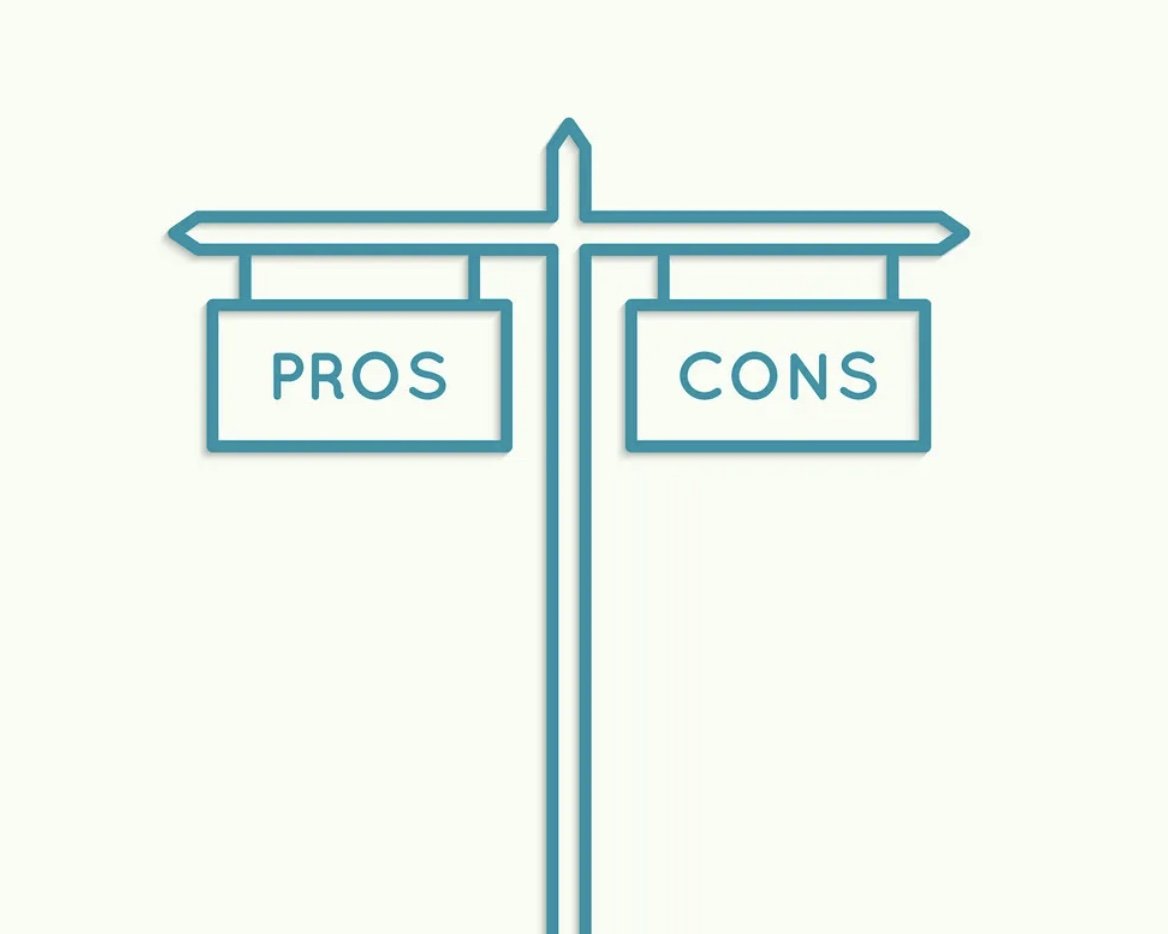Navigating the Seasonal Shift
/By Jessy Weston, AMFT
For many, the change in seasons brings not only a shift in temperature but also a shift in mood. I often find that my clients experience noticeable emotional changes with the arrival of fall and the transition to winter. The impact of weather and changing seasons on mental health is a well-documented phenomenon. As the sunlight wanes, some individuals may experience a shift in mood often referred to as Seasonal Affective Disorder (SAD). However, even for those who don't meet the clinical criteria for SAD, the change in seasons can still influence emotions and well-being. Let's discuss strategies for maintaining well-being during the colder, darker months.
Acknowledge your feelings
The first step in navigating this seasonal emotional terrain is acknowledging and accepting your feelings. It's okay to notice shifts in your mood, energy levels, or motivation as the days get shorter. Understanding that these changes are a natural response to external factors can alleviate some of the pressure you might feel to be constantly upbeat.
Connect with nature
While the weather may be less inviting, try to maintain a connection with nature. Take short walks during daylight hours, even if the sunlight is scarce. Exposure to natural light can have a positive impact on mood and energy levels. Consider bringing elements of nature indoors—flowers, plants, or even a sunlight-mimicking lamp can make a difference.
Set a routine
With daylight diminishing, it's easy to let routine slip away. However, maintaining a consistent daily routine can provide a sense of stability and control. Set regular sleep patterns, make time for exercise, and prioritize activities that bring you joy. Routine can act as an anchor during times of emotional flux.
Socialize and seek support
The urge to hibernate during colder months is real, but social connections are vital for emotional well-being. Make an effort to spend time with loved ones, whether in person or virtually.
I encourage my clients to approach the seasonal shift with self-compassion. Emotions, like seasons, are ever-changing. By acknowledging, accepting, and implementing strategies to support emotional well-being, we can navigate the seasonal ebb and flow with resilience and grace.




















